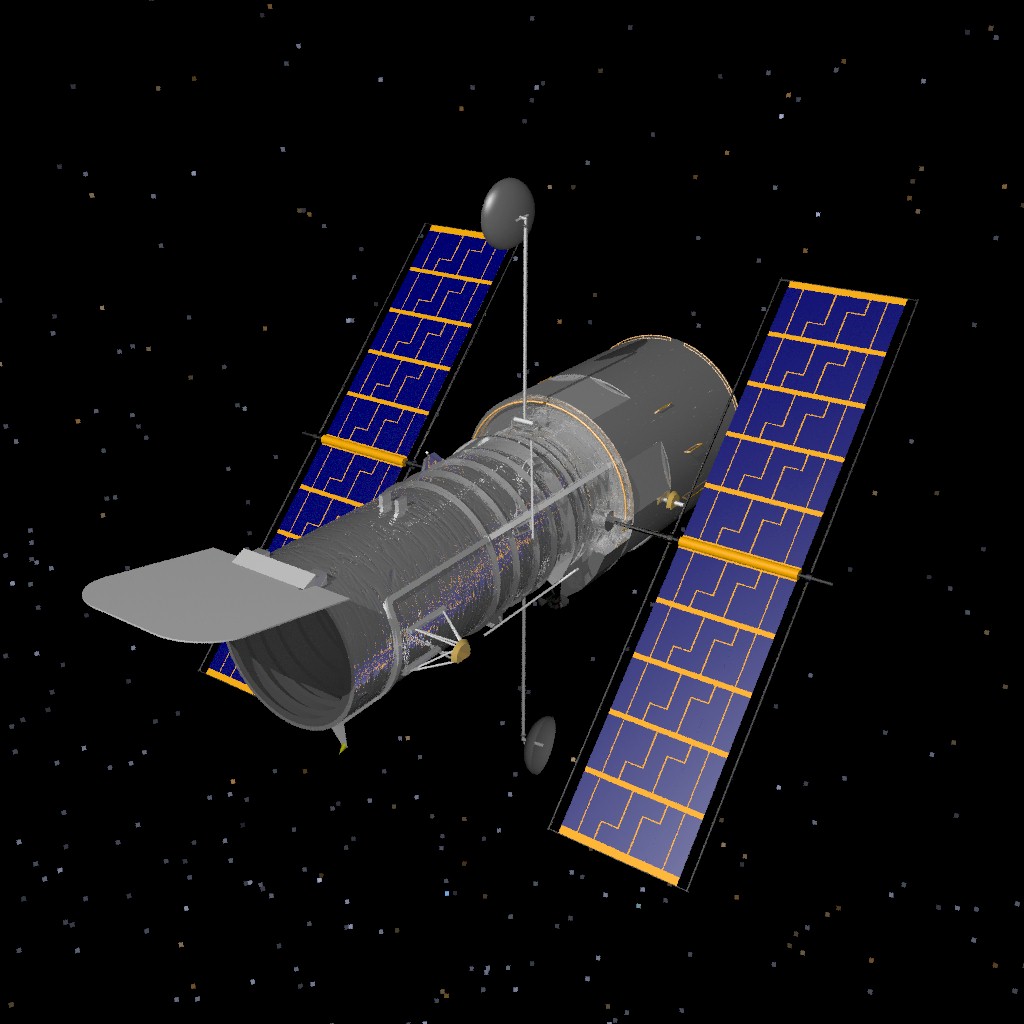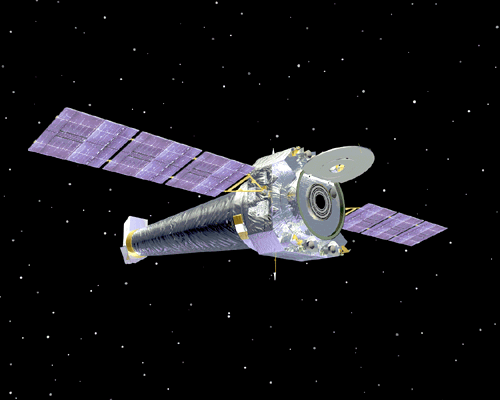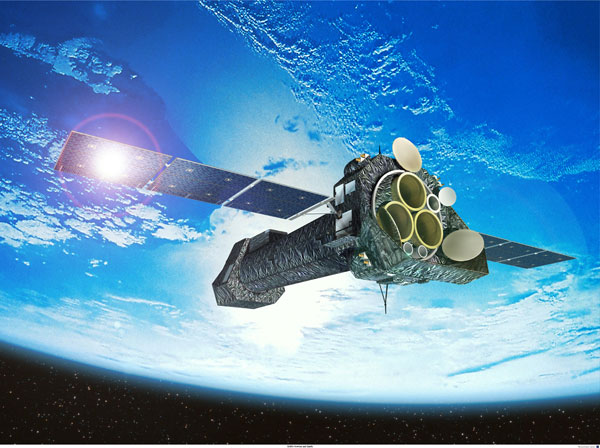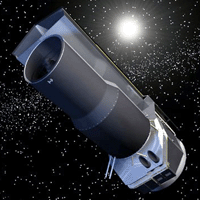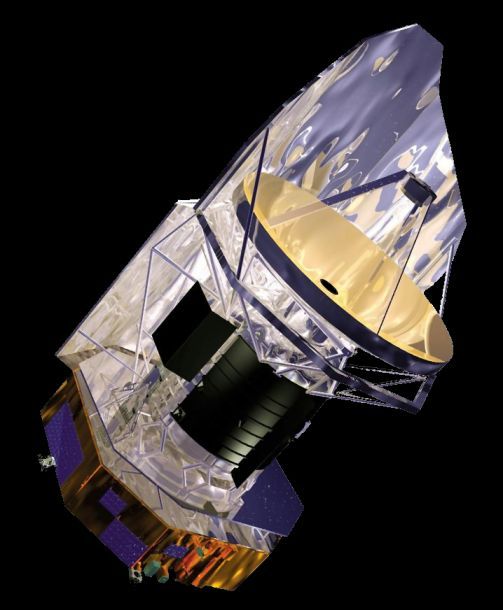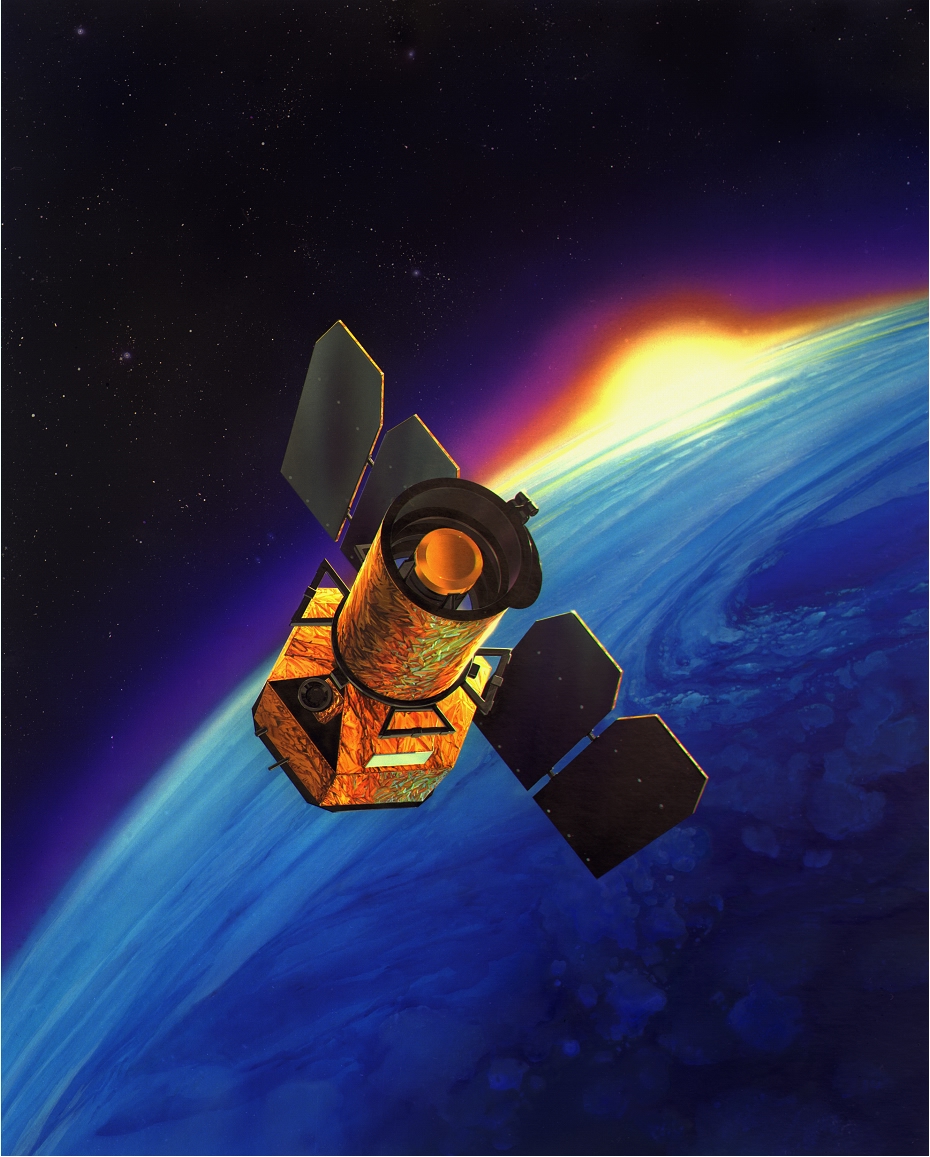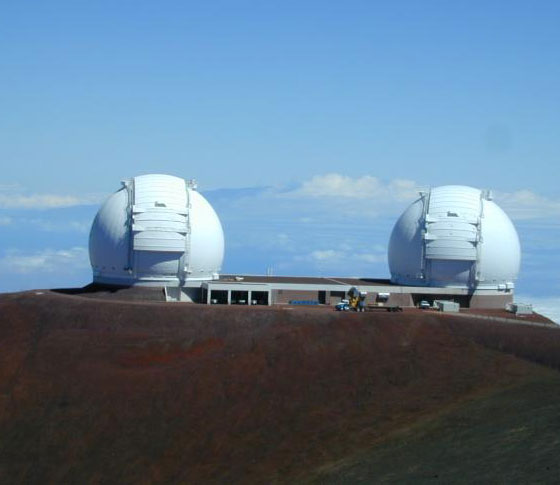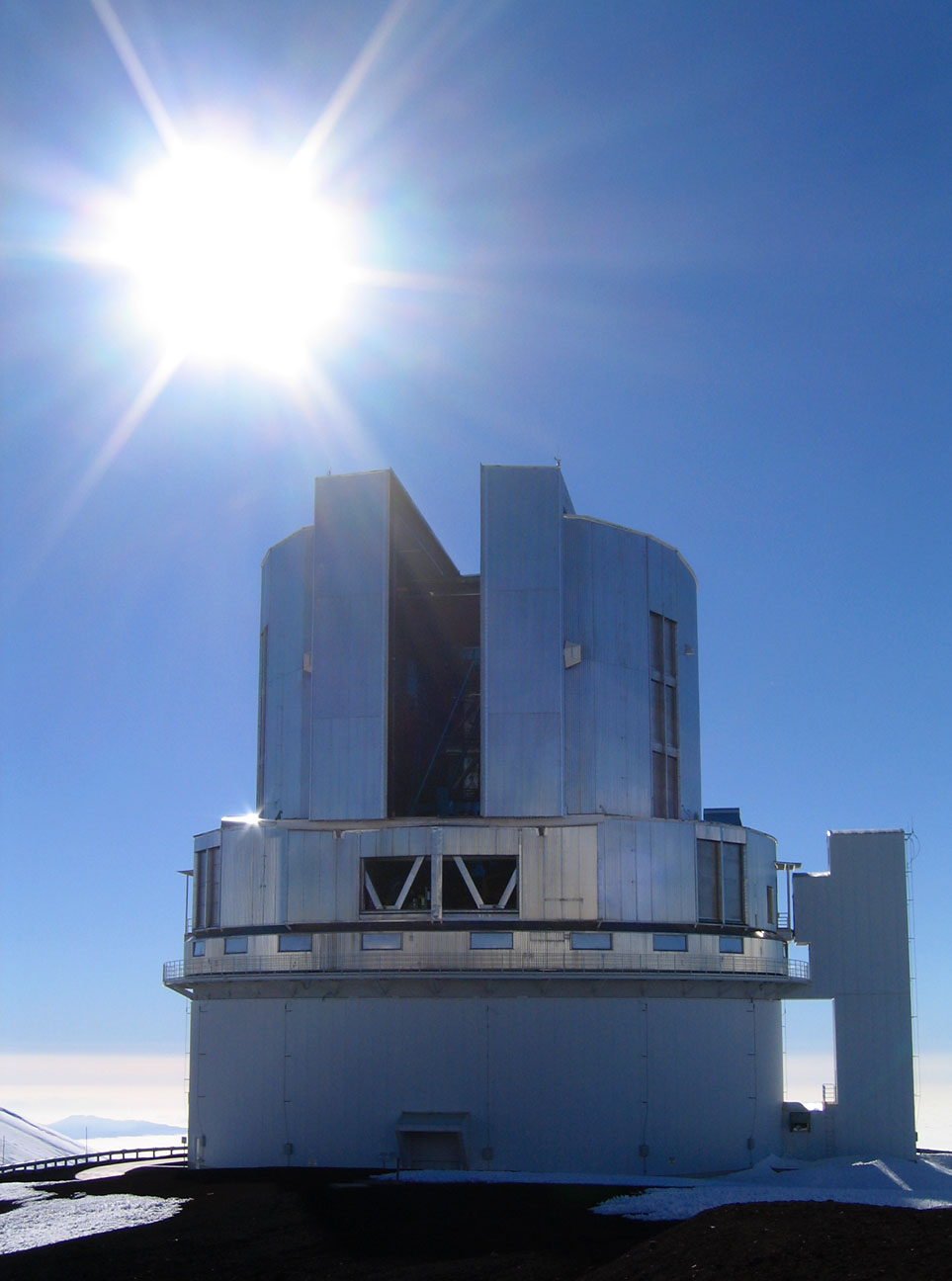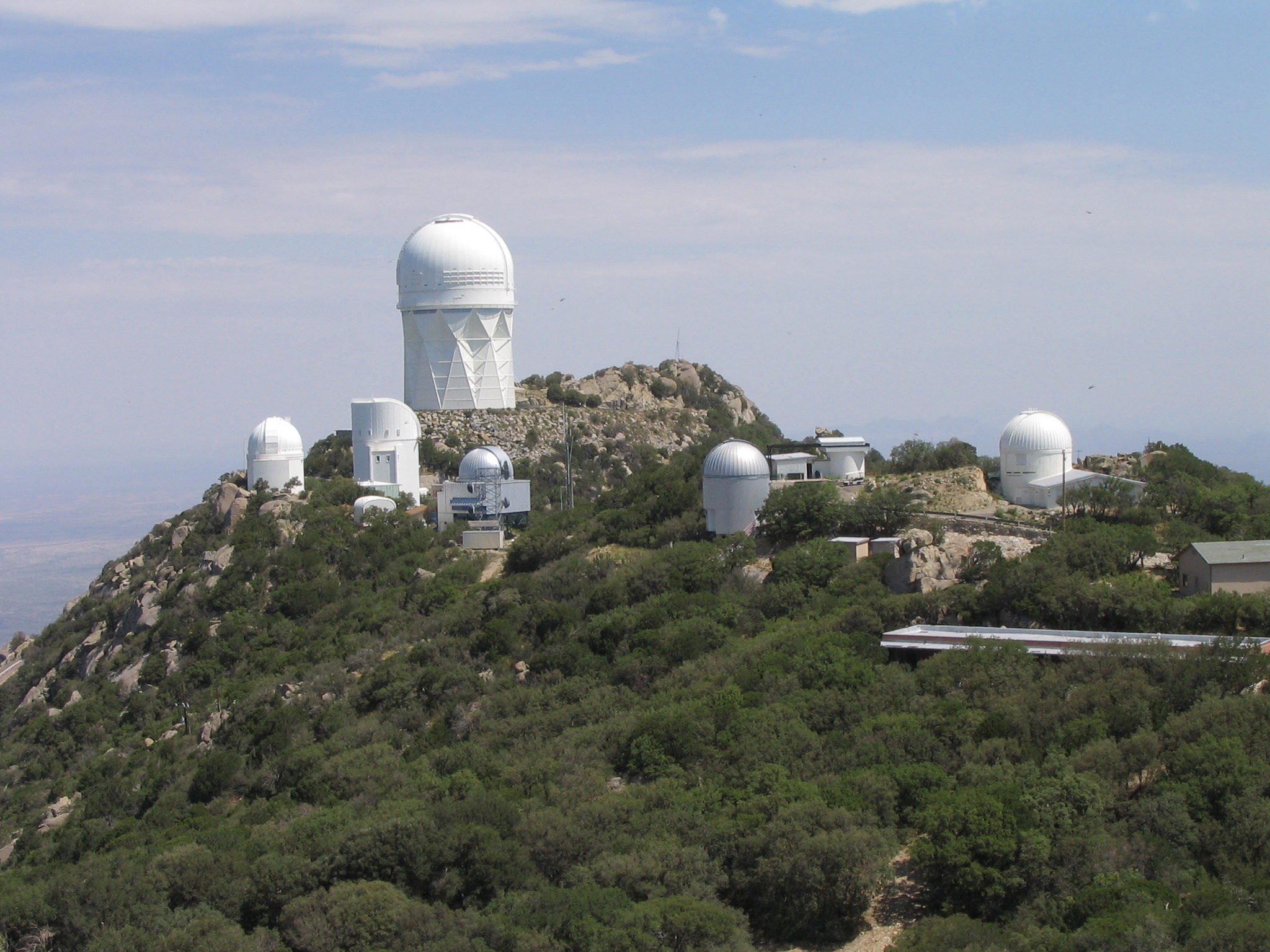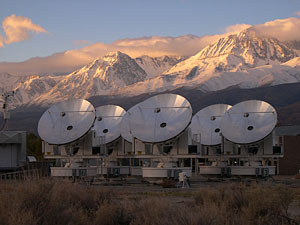Observations
LoCuSS spans the electromagnetic spectrum from the radio to X-ray, and is thus a huge observational effort. A very high level summary of how we are using each observatory is given below.
Hubble Space Telescope data are used to identify multiply-imaged galaxies in galaxy cluster cores for spectroscopic follow-up with large ground based telescopes.
The Chandra X-ray Observatory measures the temperature of the hot intracluster medium, probing structure in the gas and measuring cluster mass in the core regions.
XMM-Newton provides data that measures the structure of the intracluster medium on larger scales than Chandra, and measures cluster mass for cosmological applications.
The Spitzer Space Telescope identifies obscured star forming galaxies within ~1.5-2 virial radii of the cluster centers via their 24um flux excess. How are these galaxies related to the dynamical state of the host clusters?
Herschel Space Observatory is used to measure the dust mass and temperature of the obscured star forming galaxies identified with Spitzer, and to estimate the AGN contribution to the obscured activity.
GALEX provides data used to identify cluster glaxies with recently quenched star formation, and to cross-correlate this population with the recent assembly history of the clusters via the lensing mass maps.
Keck, Gemini-S, and VLT data are used to measure the redshift of strongly lensed (multiply-imaged) galaxies discovered in the HST data, and thus to normalize the cluster mass measurement from gravitational lensing.
Subaru data probe the weak-lensing signal of the clusters and thus allow us to measure cluster mass, substructure and concentrations on scales out to large scales, matching the XMM-Newton data (see above).
Observations from Kitt Peak, CTIO, UKIRT, and Palomar enable us to measure the K-band luminosity and stellar mass of cluster galaxies, e.g. the UV- and IR-bright populations identified with GALEX, Spitzer and Herschel.
The Sunyaev-Zeldovich Array (SZA) provides data that measures the integrated Sunyaev-Zeldovich Effect Y-parameter for the clusters as an independent constraint on the intracluster medium.

